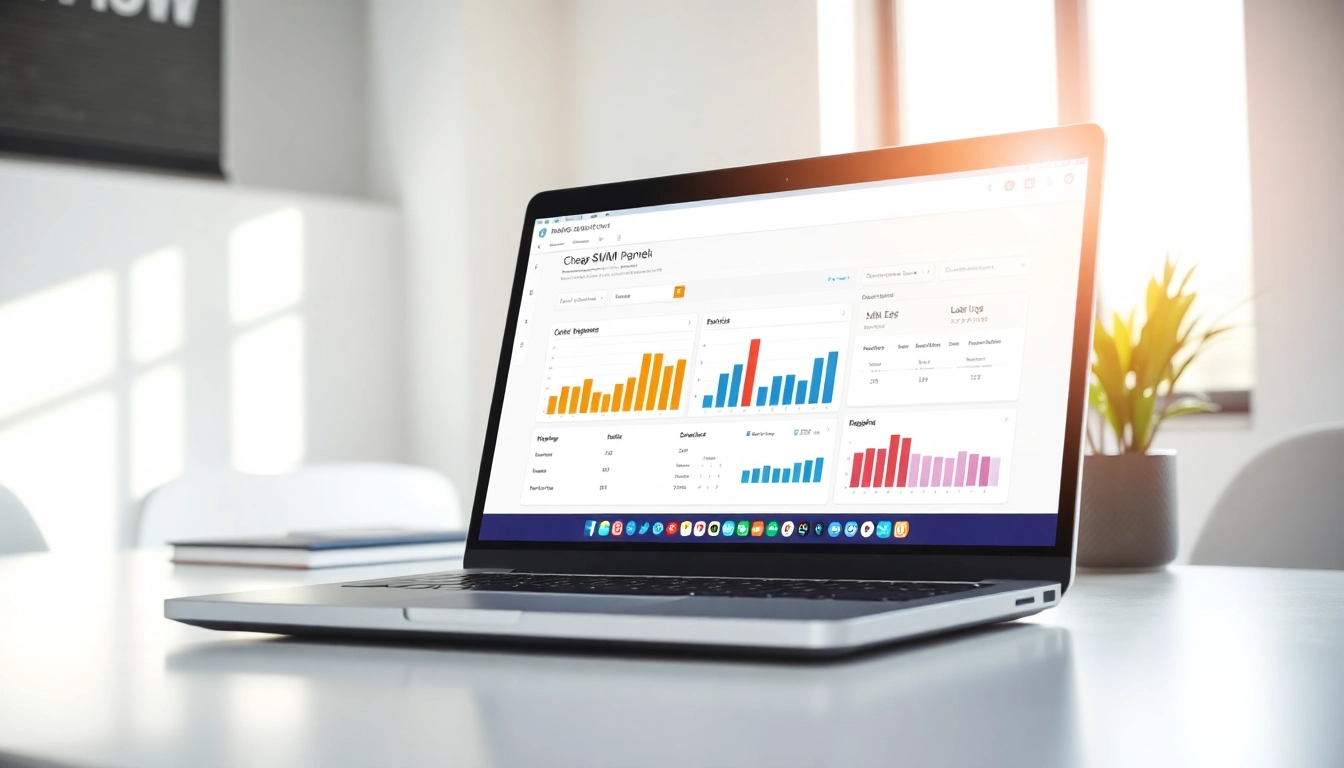Introduction to Forex Signals
In the dynamic and fast-paced world of currency trading, forex signals serve as critical tools for traders aiming to make smarter and more informed decisions. These signals are essentially trade ideas or suggestions that indicate when to buy or sell a currency pair at a specific price and time. Whether you’re a beginner or a seasoned trader, understanding how to use forex signals effectively can significantly improve your trading performance, enhance accuracy, and reduce risk exposure.
What Are Forex Signals?
Forex signals are recommendations based on market analysis. They are generated by human analysts, automated trading systems, or a combination of both. These signals provide key trading information, including:
- The currency pair to trade (e.g., EUR/USD)
- Entry price
- Stop-loss level
- Take-profit target
- Additional commentary or rationale (in some cases)
Types of Forex Signals
There are different types of forex signals available to traders:
Manual Signals
These are generated by professional analysts who assess the market using technical and fundamental analysis. Manual signals often include expert commentary and are more adaptable to news and market events.
Automated Signals
Generated by trading algorithms or expert advisors (EAs), these signals follow pre-programmed rules. Automated forex signals remove emotion from trading but can be rigid during volatile market conditions.
Free vs. Paid Signals
- Free forex signals are often provided by brokers or communities as an incentive to join their platform.
- Paid forex signals typically come from professional services with a proven track record. They tend to offer higher accuracy and better customer support.
How Forex Signals Work
Understanding the mechanics of forex signals can help traders implement them effectively. A typical signal includes:
- Entry Point: When to open a position.
- Exit Point: When to close it, including take-profit and stop-loss levels.
- Time Frame: Signals may be suitable for short-term scalping, day trading, or long-term positions.
- Market Commentary: Some signal providers offer insights into why the signal was generated.
Benefits of Using Forex Signals
Using forex signals can enhance your trading strategy in several ways:
Improved Accuracy
Reliable signals are based on thorough market analysis, which leads to better timing and trade entries. This improves your chances of making profitable trades.
Reduced Emotional Trading
Forex signals remove the emotional component by providing objective, pre-analyzed trade setups. This is especially helpful for beginner traders who might otherwise make impulsive decisions.
Time Efficiency
Following forex signals saves time, as you don’t need to analyze the markets yourself. This is ideal for part-time traders or those new to technical analysis.
Risk Management
Quality signal services always include stop-loss levels, which help manage risk. Traders can also learn to set custom levels based on their risk appetite.
Risks and Limitations of Forex Signals
While forex signals offer many benefits, they are not foolproof. Here are some potential drawbacks:
Over-Reliance
Traders who rely solely on forex signals may never develop their own trading skills or strategies. This limits long-term growth.
Quality Varies
Not all forex signals are created equal. Some providers lack transparency or have poor performance records.
Market Volatility
Sudden market events, such as geopolitical changes or economic reports, can render signals inaccurate or obsolete within seconds.
How to Choose a Reliable Forex Signal Provider
Selecting a trustworthy signal provider is crucial for success. Here are key criteria to consider:
Track Record and Performance
Look for providers who share historical performance data. Verified results from third-party platforms like Myfxbook or FX Blue can help confirm credibility.
Transparency
The best forex signal services are transparent about their strategies, risk levels, and methodologies.
Support and Communication
Responsive customer support is essential. Choose providers who offer timely updates and explanations for their signals.
Trial Periods
Many professional signal services offer free trials. Use this period to assess signal accuracy, frequency, and compatibility with your trading goals.
Integrating Forex Signals Into Your Trading Strategy
To truly benefit from forex signals, they must be integrated properly into your overall trading strategy.
Use Demo Accounts First
Test forex signals on a demo account before going live. This helps you evaluate performance without risking real money.
Adjust to Your Risk Profile
Customize trade sizes, stop-loss levels, and take-profit points to fit your personal risk tolerance.
Combine with Your Own Analysis
Even when using signals, it’s wise to perform your own basic analysis. This helps you build confidence and avoid blindly following bad signals.
Best Practices for Forex Signal Users
Following some best practices can maximize the effectiveness of forex signals:
Stay Consistent
Don’t jump from one provider to another too quickly. Evaluate performance over weeks or months before making changes.
Avoid Overtrading
Even if you’re receiving multiple forex signals per day, it’s important not to act on all of them. Focus on quality over quantity.
Keep a Trading Journal
Track each trade taken using signals. Note whether it was profitable, and why it succeeded or failed. This will improve your decision-making over time.
Tools That Complement Forex Signals
Using supporting tools can enhance the value of forex signals:
Economic Calendars
Track major economic events that could influence currency movements. Some signals are based on these events.
Technical Indicators
Using indicators like RSI, MACD, or Bollinger Bands can validate the entries suggested by forex signals.
Trading Platforms and Apps
Use platforms like MetaTrader 4/5 or TradingView that support easy integration of signal services.
Real-World Example of Forex Signals in Action
Let’s say a signal provider sends the following trade setup:
- Currency Pair: EUR/USD
- Entry: 1.0950
- Take Profit: 1.1050
- Stop Loss: 1.0900
- Reason: Bullish divergence on RSI, dovish comments from the Fed
A trader receiving this forex signal would place a buy order at 1.0950, with a stop-loss and take-profit accordingly. If the price hits the take-profit, the trader earns 100 pips in profit.
Are Forex Signals Suitable for Beginners?
Absolutely. Forex signals are ideal for beginners who are still learning market dynamics. They can provide guidance while new traders build experience.
However, beginners should:
- Use demo accounts initially
- Learn basic market concepts alongside
- Avoid expensive paid services until they understand the process
Forex Signals and Copy Trading: What’s the Difference?
While similar, forex signals and copy trading are not the same.
- Forex signals are suggestions—you place the trades manually.
- Copy trading automatically replicates the trades of a professional trader in your account.
Both have pros and cons, but forex signals offer more control and learning opportunities.
Conclusion
In the complex world of currency trading, forex signals offer an accessible way to enhance accuracy, reduce risk, and improve overall performance. Whether you’re a novice seeking direction or an experienced trader looking to save time, integrating quality forex signals into your strategy can be a game-changer. However, not all signals are created equal. The key is choosing a reputable provider, testing signals properly, and using them as part of a broader trading strategy. Remember, forex signals are tools—not guarantees—and your long-term success still depends on consistent learning, risk management, and discipline.



